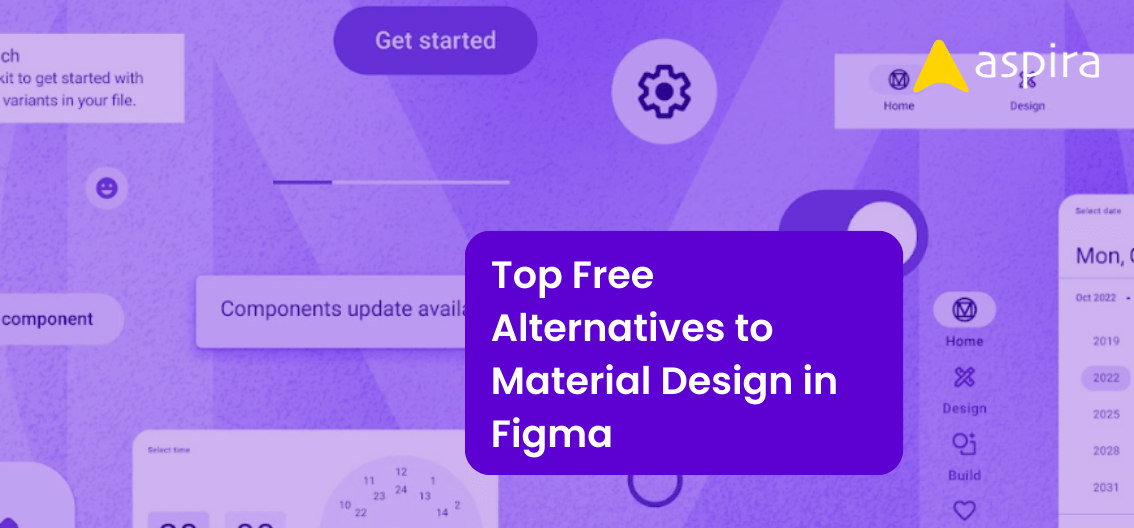UX Design - Mentor & Author.
21 Feb, 2024

Embarking on the early stages of your UX design mistakes journey might seem a bit tricky. You’ve learned many concepts, and seen impressive projects, and you’re eager to create the best project possible. While it may seem like an easy task, many people get stuck or lose motivation along the way, settling for just finishing the project. In this article, we’ll look at the common mistakes to avoid in UX design to help you produce your best work. Let’s get started.
Neglecting User Research
When you’re starting in UX design, it’s easy to get excited about creating cool designs right away. However, one of the most common mistakes is forgetting to do user research. Understanding the people who will use your product is super important. Without it, your designs might not match what users actually need or want. So, take the time to learn about your audience through surveys, interviews, and data analysis. This step helps you make design choices that really work for the people using your product.
Not Prioritizing User Feedback
Another common slip-up in UX design is not giving enough importance to what users have to say. User feedback is like a roadmap telling you where you can improve. If you don’t actively seek and listen to user opinions, you might miss valuable insights that could make your designs even better.
Set up ways for users to share their thoughts, like feedback forms or user testing sessions. Regularly check what users are saying and use that information to tweak and refine your designs. By incorporating user feedback into your design process, you can continuously enhance your product to meet and exceed user expectations.
Neglecting Accessibility
Another common mistake in UX design is forgetting about accessibility. This means making sure everyone, including people with disabilities, can easily use and enjoy your product. Ignoring accessibility features might exclude a portion of your audience and limit the reach of your design.
To avoid this mistake, design with inclusivity in mind. Follow guidelines like the Web Content Accessibility Guidelines (WCAG) to ensure your designs are friendly to users with different abilities. Think about things like color contrast, keyboard navigation, and compatibility with screen readers. Prioritizing accessibility not only improves the experience for everyone but also reflects a commitment to ethical design practices.
Ignoring Device Responsiveness
Users access digital products on various devices, from smartphones to desktop computers. If your design doesn’t adapt well to different screen sizes and resolutions, it can lead to a frustrating experience for users.
To tackle this, embrace responsive design principles. Make sure your product looks and functions smoothly across a variety of devices. Test your designs on different screens to catch any layout or functionality issues. Prioritizing device responsiveness ensures a seamless user experience, regardless of the device they choose to engage with your product.
Poor File Organization
File organization might not sound exciting, but it’s a crucial aspect of UX design often overlooked. Disorganized files can lead to confusion, slow down collaboration, and create unnecessary roadblocks in your design process.
Establishing a clear and organized file structure from the start is essential. Use straightforward naming conventions, create folders for different elements, and maintain a logical hierarchy. This not only streamlines your workflow but also makes it easier for your team to find and work with the necessary files. Good file organization contributes to a more efficient and collaborative design process.

Not Learning from Mistakes
In the dynamic field of UX design, mistakes are inevitable, but the real error is not learning from them. Every project presents an opportunity for improvement, and overlooking this can hinder your growth as a designer.
After completing a project, take the time to reflect. What worked well, and what could be better? Encourage a culture of continuous improvement within your design team. By learning from mistakes, you refine your design processes, enhance your skills, and set the stage for delivering better user experiences. Embrace each project as a learning experience, and you’ll steadily evolve as a more proficient UX designer.
Conclusion
So, wrapping it up, if you’re just diving into UX design mistakes, remember to keep it simple and avoid these common slip-ups. Neglecting user research or responsive design can make or break your project. Stay connected with your users, learn from every project, and keep things organized. By avoiding these common pitfalls, you’ll be on your way to crafting designs that users not only appreciate but find easy to use. Happy designing!


